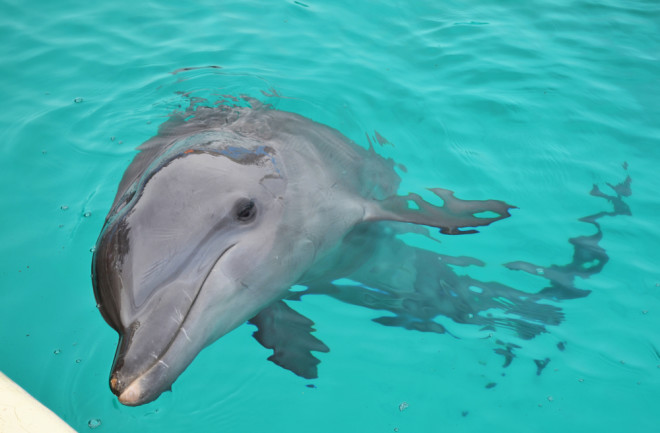According to a German legend, the water nymph Ondine cursed her human husband after learning that he’d been unfaithful to her. His punishment? His body’s ability to automatically control his breathing was removed, meaning he’d have to stay awake at all times or risk suffocating to death in his sleep. While this is just one version of Ondine’s story, it did lend its name to a rare medical condition that is scarily similar to the fate that befell her adulterous husband. And though the myth is just that — a myth — it does highlight the unavoidable necessity of sleep. Staying awake forever is impossible, even if your life depends on it.
The need for sleep isn’t limited to humans — almost every other animal requires it to some degree, including all mammals. “Sleep in humans in many aspects is very similar to sleep in most terrestrial mammals,” says Oleg Lyamin, a biologist affiliated with the Center for Sleep Research at the University of California, Los Angeles as well as A.N. Severtsov Institute of Ecology and Evolution at the Russian Academy of Sciences in Moscow.
But how does sleep work in aquatic mammals, like whales and dolphins? Considering these cetaceans live in water and regularly surface to breathe in air, it seems they might meet the same breathless fate as Ondine’s husband whenever they settle in for a nap in the sea.

